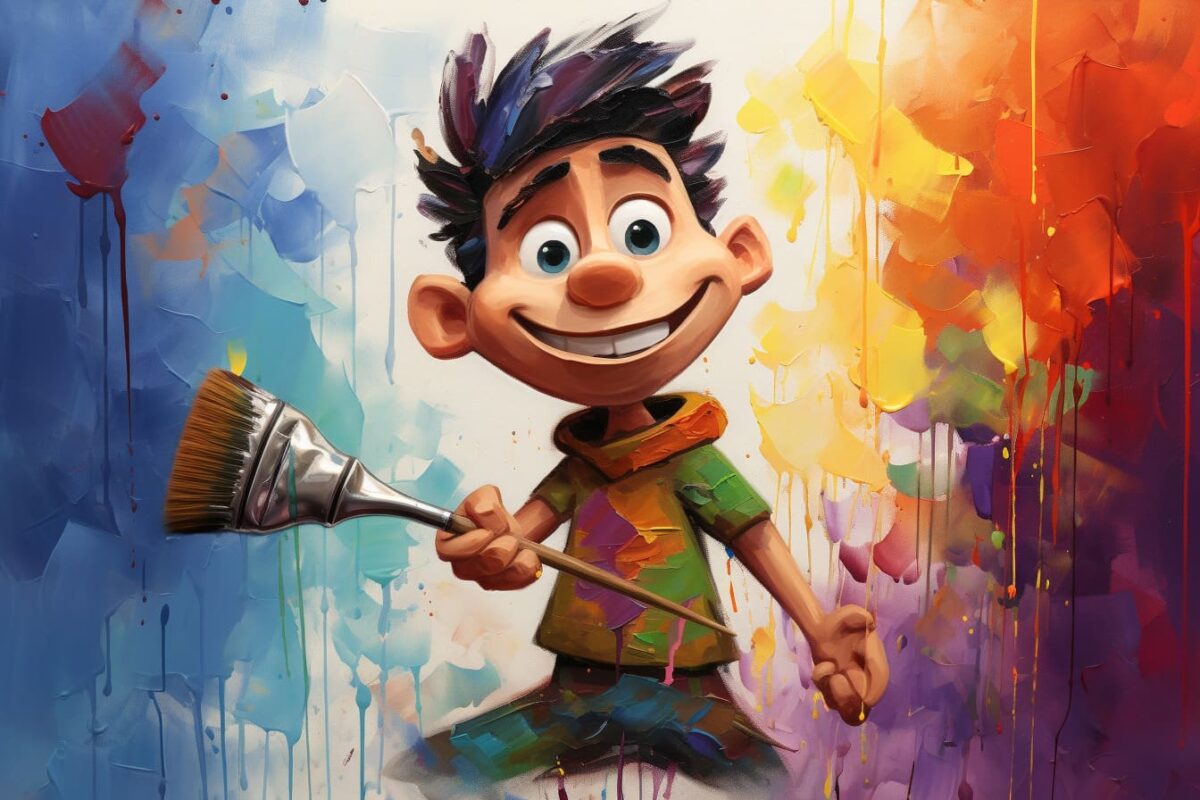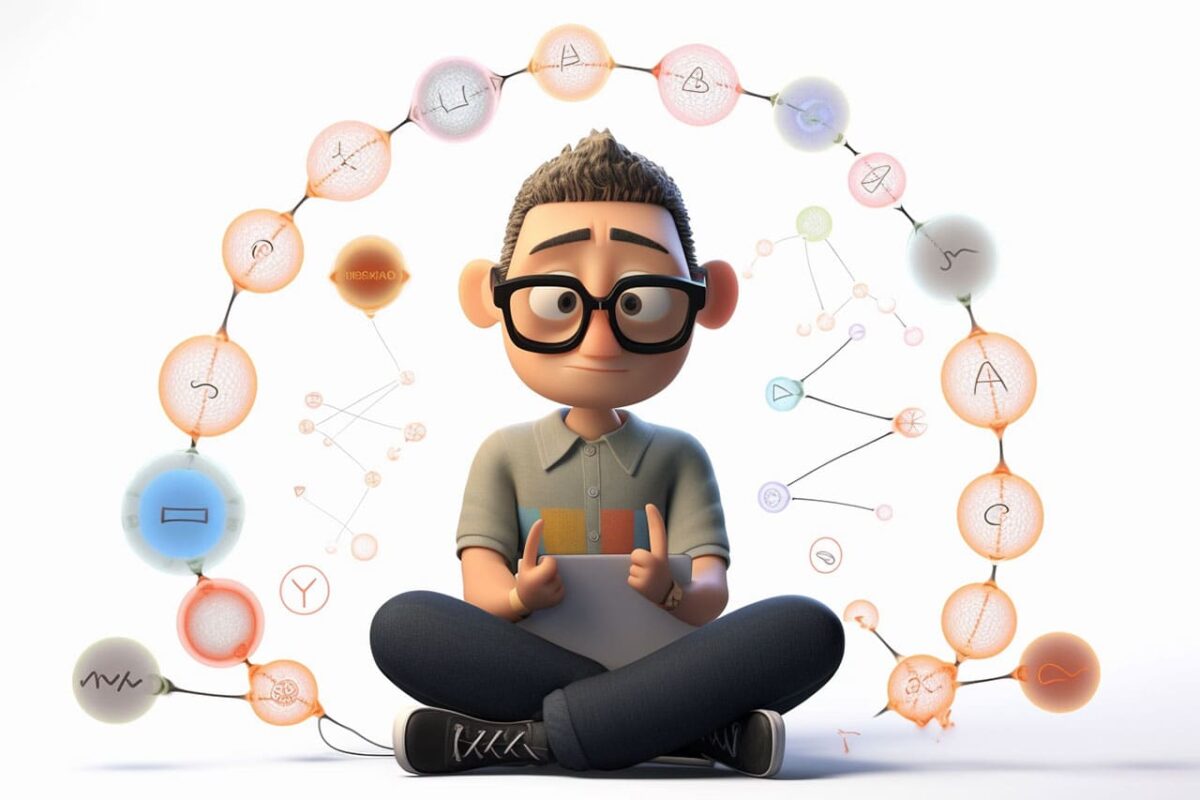Greetings, fellow travelers on the creative journey! Today, we embark on a fascinating expedition into the intricate landscapes of the human mind and its profound connection with artistic expression. Let’s delve deep into the psychology behind the brushstrokes of creativity and the kaleidoscope of emotions that fuel our artistic endeavors.
The Canvas of Emotion
Artistic expression is a symphony of emotions, and our minds are the virtuoso conductors of this exquisite orchestra. It’s within the chambers of our thoughts and feelings that the most captivating artwork finds its genesis. But how exactly do our minds orchestrate this creative masterpiece?
Embracing Vulnerability
The act of creation often requires a certain level of vulnerability. It’s the willingness to peel back the layers of our innermost thoughts and feelings, exposing them to the world through our chosen medium. This vulnerability is the gateway to authentic expression, where raw emotions become the paint for our canvas.
The Power of Catharsis
Psychologists have long recognized the cathartic power of art. When we create, we release pent-up emotions, allowing them to flow onto the canvas or into our words. This catharsis provides relief, like a weight lifted from our shoulders, and helps us process complex feelings that may have been buried deep within.
Self-Expression as a Mirror
Artistic expression can also serve as a mirror reflecting our inner worlds. As we create, we gain insights into our thoughts, beliefs, and experiences. It’s a form of self-discovery that can lead to personal growth and a deeper understanding of our own psyches.
The Influence of Mood
Our mood has a profound impact on our creative output. When we’re joyful, our work often radiates positivity and vibrancy. Conversely, moments of melancholy can give birth to soul-stirring pieces that resonate with others who have walked similar emotional paths. Understanding this connection between mood and creativity allows us to harness it intentionally.
Techniques for Tapping into Emotion
Now that we’ve glimpsed into the psychological realms of artistic expression, let’s explore some techniques for tapping into our emotions to enhance our creative work:
- Mindful Self-Reflection: Set aside time for mindful self-reflection. Journaling or meditation can help you connect with your inner emotions.
- Embrace Vulnerability: Don’t shy away from expressing your true feelings through your art. Embrace vulnerability as a source of authenticity.
- Mood Boards and Inspiration: Create mood boards or gather inspiration that resonates with your current emotional state. Let it guide your creative process.
- Collaborative Exploration: Collaborate with other artists or creators. Sharing experiences and emotions can lead to collective inspiration.
- Experimentation: Try new artistic mediums or styles to explore different emotional outlets.
The Uncharted Depths
As we conclude our exploration into the psychology of artistic expression, remember that the human mind is an uncharted ocean, and creativity is the vessel that sails its depths. Embrace the brushstrokes of your mind, for they are the colors that paint the canvas of your artistic soul.
In our next voyage, we’ll venture into the dance of chaos and order, where creativity thrives amidst life’s unpredictable rhythms. Until then, may your artistic expressions be a reflection of the beautiful complexity that resides within you.


